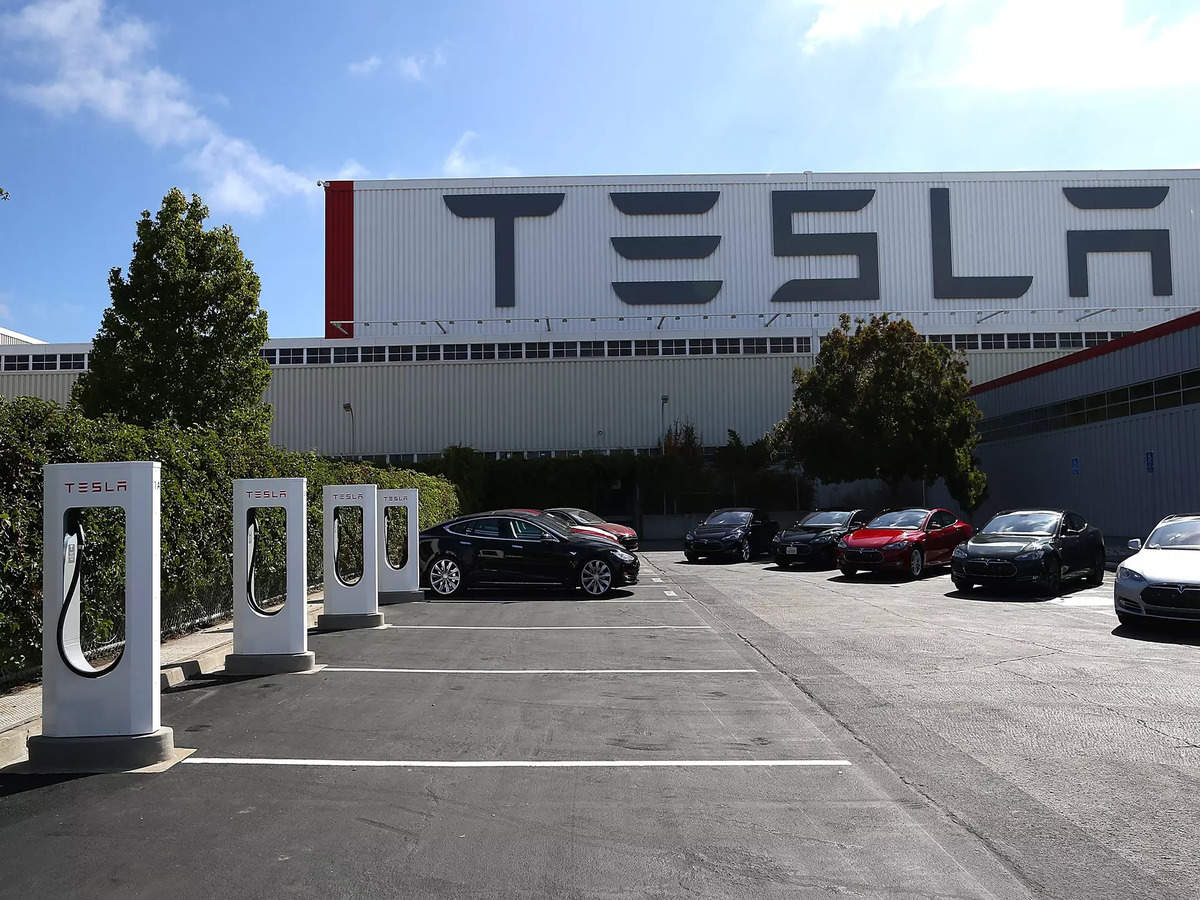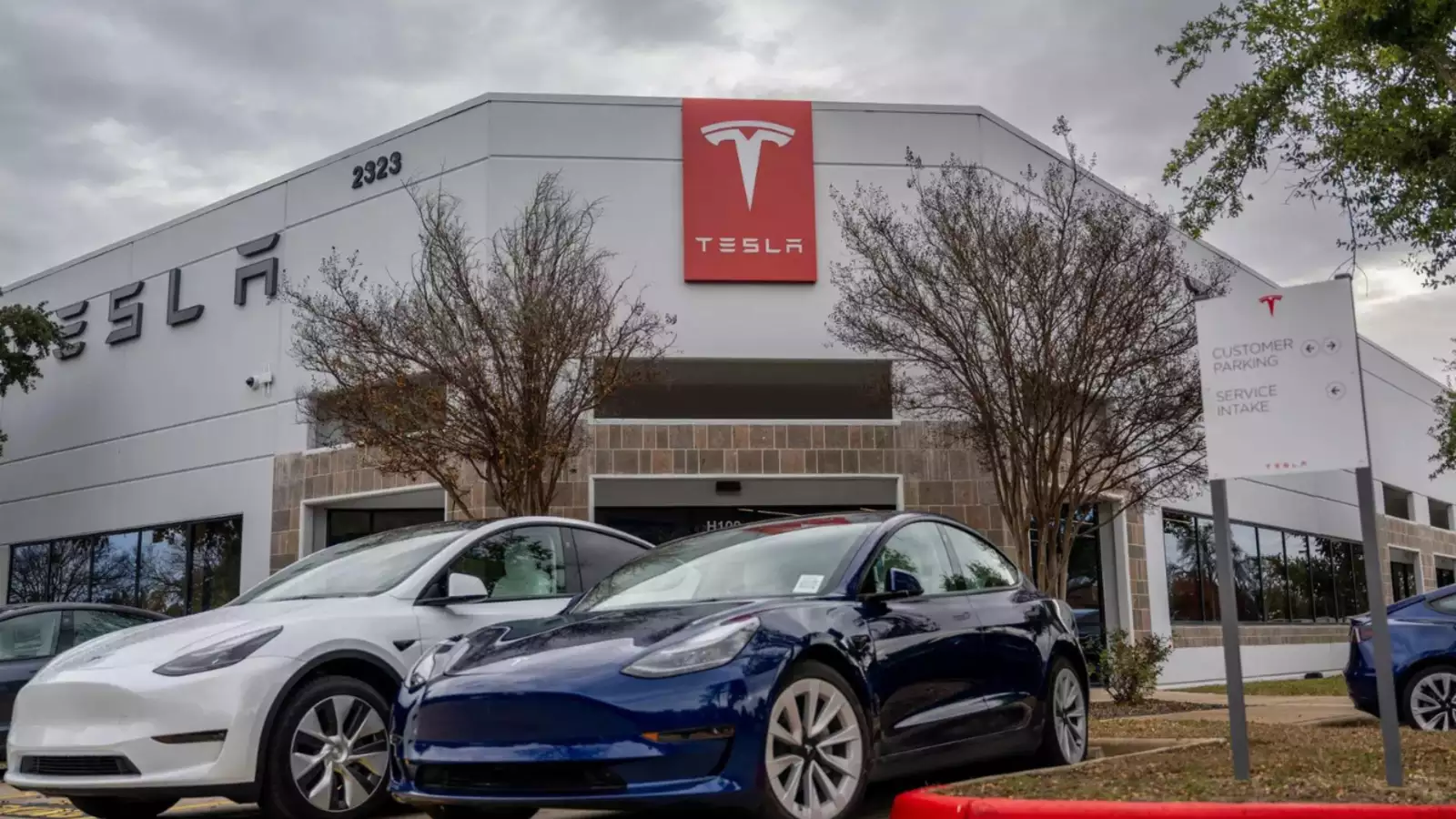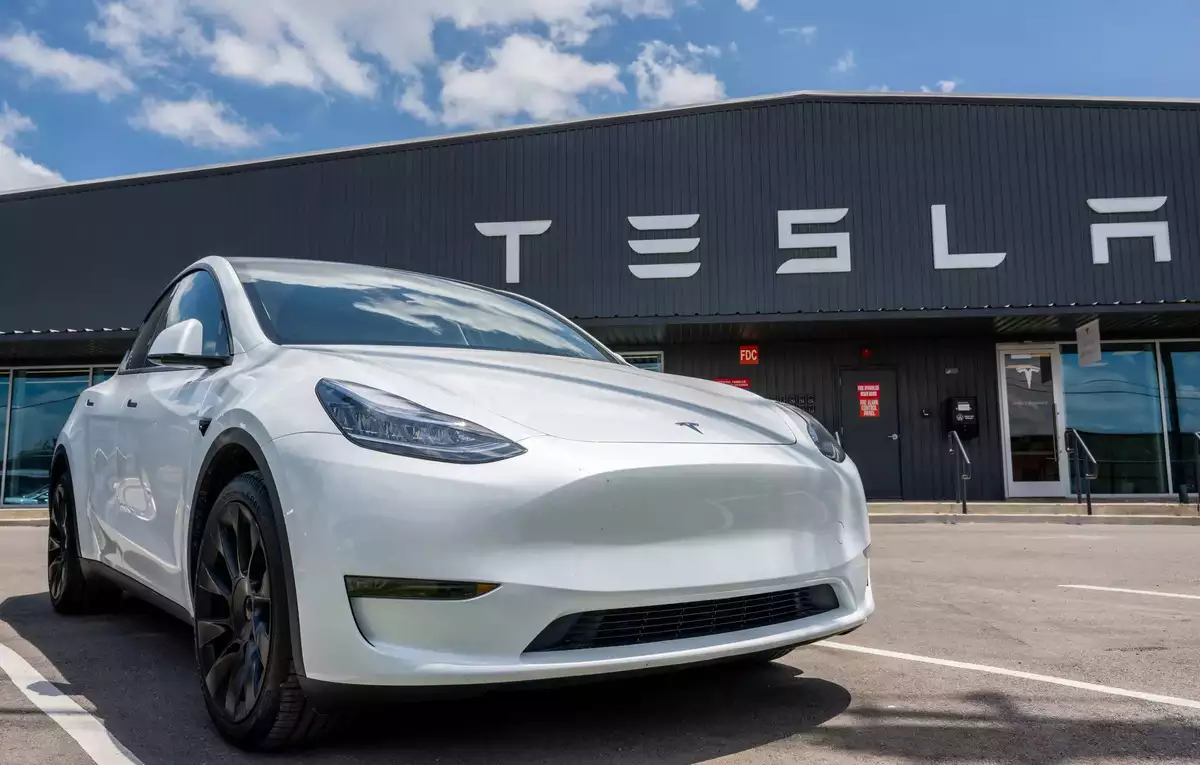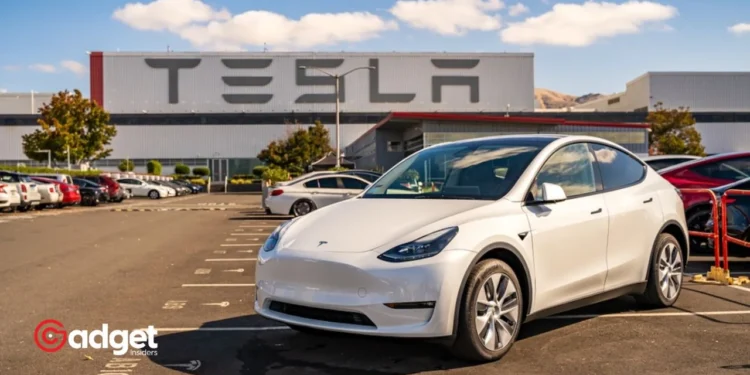In a bold move reflecting its strategic realignment amid economic uncertainties, Tesla has announced significant layoffs alongside ambitious plans for its future lineup of electric vehicles (EVs). The renowned automaker, recognized for its innovative approach in the automotive industry, is laying the groundwork for what it calls the “next phase of growth,” focusing on affordability and efficiency.

Navigating Through Economic Challenges
As the EV market experiences a slowdown due to rising borrowing costs impacting consumer spending, Tesla has decided to streamline operations by cutting about 10% of its global workforce. This decision is expected to incur over $350 million in costs for the current quarter, a necessary step to bolster the company’s push toward introducing more cost-effective models by early 2025.

This transition is part of Tesla’s broader strategy to enhance productivity and manage capital expenditures more effectively during these fluctuating economic times. By utilizing its existing platforms and production lines, The company aims to maintain control over its spending, ensuring sustainable growth despite market volatility.
Tesla’s Financial Outlook and Market Response
Despite the workforce reduction, Tesla’s financial health appears resilient, with Wall Street analysts projecting a $2.24 billion profit for the second quarter, according to LSEG data.
Investor confidence in the EV giant remains strong, as evidenced by a 12% increase in its shares during premarket trading following the announcement. The positive response can be attributed to Tesla’s reassurance of increased sales and the introduction of more economically priced models, which have mitigated concerns about the company’s growth prospects.
Tesla expects to book over $350 million in costs for layoffs https://t.co/Hrzf1TDBEe pic.twitter.com/JOvq0Rjo6z
— Reuters (@Reuters) April 24, 2024
Strategic Investments and Future Plans
While focusing on cost-efficiency and model affordability, Tesla is also adjusting its capital investment strategies. The company has reiterated its commitment to significant capital expenditures, expecting them to surpass $10 billion in 2024 and stabilize between $8 billion to $10 billion annually thereafter. This plan emphasizes the use of existing facilities, hinting at a more cautious approach to expanding its physical footprint, with new factory investments in Mexico and India appearing unlikely in the short term.
The decision aligns with recent developments involving the company’s CEO Elon Musk, who canceled a planned meeting with Indian Prime Minister Narendra Modi due to pressing obligations at Tesla.
This meeting was anticipated to discuss major investments in a new auto factory in India, highlighting the ongoing adjustments in the company’s global strategy influenced by economic conditions and corporate priorities.

Conclusion
Tesla’s strategic decisions to streamline its workforce and focus on developing affordable EV models reflect a nuanced understanding of the current economic landscape and consumer expectations. By optimizing its existing resources and carefully planning future investments, Tesla not only aims to maintain its leadership in the EV industry but also ensures it remains at the forefront of automotive innovation and sustainability, prepared to meet the challenges and opportunities of the evolving market landscape.










